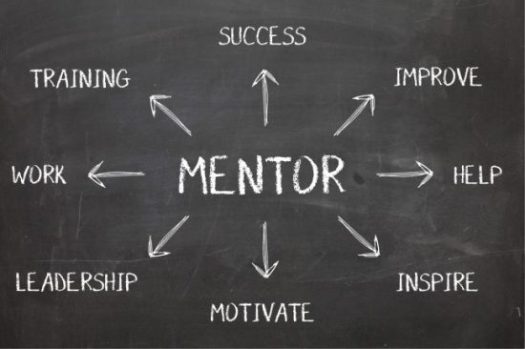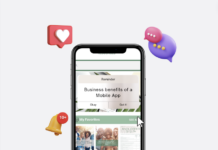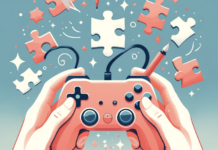Have you ever been addicted to a game? You don’t have to be an avid gamer to have experienced that compulsive feeling of having to reach the next level, collect the next item, or smash through your previous high score. Well-made games play off some very deeply-seated human tendencies, and this is why most people are easily sucked in. The success of a game usually depends on how well it is able to trigger the psychological reward and craving mechanisms of the human brain.
But did you know that “gamification” isn’t limited strictly to the realm of leisure? Businesses these days often use game-play mechanisms to design better systems for their human resources, their sales teams, and their customers. Entrepreneurs are also starting to see the value in using gamification to make their contractors more effective as they move forward in their ventures.
Gamification in Direct Selling
As you might realize, one of the more obvious uses of gamification can be found in direct selling. In this industry, retention of distributors is very low, with most (80%) dropping out of the business within the first year. Motivation is often scarce and pressure is high, so only the most ambitious players remain long-term.
What can one do to keep the distributors that are working under you in the game? After all, they are largely the source of your livelihood if you run a direct selling business. Companies like Krato believe the answer is to cater to their psychology better by introducing gamification techniques. In other industries, studies have suggested that gamification can greatly increase retention, and many major corporations are currently implementing gamification into their processes in order to keep their human capital engaged and their customers interested.
Why not apply these principles to your own mentoring efforts? The direct selling industry is full of fresh-faced and eager entrepreneurs, but they are often beaten down by the reality of business to the point where they want to quit. You can use gamification to help keep their motivation high.
How Do You Gamify Your Business?
The subject of gamification is of course wide and potentially complex, since you are dealing with the issues of human psychology. However, mobile app provider Krato says there are a few basic things that you can do right now to jump start your gamification efforts. Hopefully, these examples will also help you better understand gamification in a more concrete way. Let’s take a look:
1) Gamify Your Communications
As business owners, we need to communicate with every part of the operation, but especially our distributors. The traditional strategy is to produce newsletters and other material, and then send it to whoever is on “the list.” Who really reads that stuff, though? When was the last time you actually read a newsletter that you signed up for?
A much better strategy is to reward people for their attention with more than just a block of text. Personalize the material that you send; make sure it is exactly relevant to the specific distributor’s situation, and ask for personalized feedback in return. That sort of one-on-one relationship is psychologically rewarding in a way that a bulk newsletter simply isn’t.
2) Train Them Well
People are, by default, not very motivated. They will do the least possible amount that they think they can get away with, and while this can be an efficient strategy, it often means that they miss important information. For instance, in my last company, less than 7% of our distributors bothered to watch our most important training video on how to run a successful party. Can you imagine the opportunities that over 93% of our distributors might have missed because of this? Our other training videos didn’t fair much better, either.
It just goes to show, you can lay out a solid path for someone to follow into success, but they simply will not follow it unless they are sufficiently motivated. Gamification relies on chunking information into bite-sized pieces and providing the user with one brief, winnable game at a time.
For example, if you have tons of training videos, rather than overwhelming the person and presenting them with everything at once, offer a linear path of one video at a time. After each video, test them and give them some kind of reward—even something silly like a digital accolade or sticker. The point is to simply give them an indication that they’ve made progress every step of the way.
3) Add Some Competition into the Mix
People don’t go into sales if they’re not at least a little bit competitive. It’s part of the game! Use this to your advantage by making things more exciting. You don’t have to pit distributor against distributor necessarily, but provide incentives and prizes to those who meet certain goals—not just sales goals, either. For example, you can reward those who consistently read and respond to your communications, or those who share your content the most on social media. Add a bit of competition to everything you can think of.
Conclusions
Gamification is an emerging technique born from a world of short attention spans, and it truly is effective. Implementing it into your business using solutions such as Krato’s mobile app can actually be fairly simple. Best of all, you may find that it positively affects your own motivation as well as that of your distributors.










